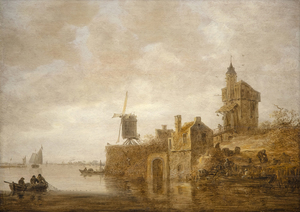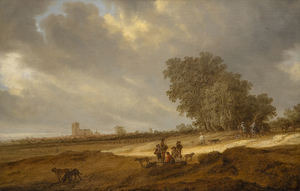遗产和税务规划

艺术信托
作品或收藏的完整文档,包括数字记录、摄影和公平市场价值房地产规划的条件报告。
为保险目的和遗产税申报需求的评估提供便利。
博物馆赠送
与博物馆进行互动,以方便捐赠,包括协助浏览必要的税务文件和法律表格。
获取捐赠评估文件。
收款管理
收集文档
使用详细的库存文档(包括摄影、状况报告以及在我们的数字记录中组织和维护的保险证书)对您的收藏进行编目。
安装和安全
- 为所有艺术类型和尺寸提供全方位服务安装。
- 墙对墙艺术处理服务:安装和卸载;用于运输或储存的定制包装;防震防盗专用装置;安全系统的咨询。
- 家庭收藏:内部安装人员和内部策展人,帮助放置和设计藏品;就照明和定制显示系统(如底座和玻璃塔)提供建议。
- 促进保护、恢复和保护。
向全球博物馆提供战略贷款
内部注册部门,监督博物馆贷款的后勤规划、必要的文书工作和文件。

剥离

与拍卖行、交易商和私人客户互动
与拍卖行的物流协调,包括包装、提货、运输和安装。
与经销商和私人客户建立采购艺术品的关系。
评估艺术品状况和质量,供购买考虑;协助获得艺术家基金会或专家学者的认证证书。
物流管理
对你的所有作品进行位置跟踪。
定制包装,以确保你的艺术品在到达新地点时与离开时的状态相同。
多种交付方式以满足您的需求。
气候化储存和运输:现场或外部设施的安全储存;与值得信赖的合作伙伴和美术船运公司协调。
白手套处理,以确保艺术品在空运、地面或海运运输的每一步的安全,从装箱和包装到拆包和安装。
面向国内和国际多式联运艺术运输的个性化解决方案。

评估

更新评估并实时市场更新
- 与评估师建立长期合作关系,提供高效、彻底的文档记录。
- 获得市场评估研究工具,包括市场价格指数图和拍卖可比。
- 完整的艺术品资料文档,包括产地、展览历史和文献参考资料。
保险咨询
保险和保险评估证书
金融
我们与您合作,评估您的收藏目标和潜在的投资机会,并根据预期的回报和您的个人品味来介绍艺术品。
- 在数十年的经验支持下,我们的专业艺术顾问和研究团队采用艺术市场工具、销售历史、艺术指数等为客户提供具有财务意识的机会。
- 创始人和业主Jim Carona在金融领域工作了几十年,当他和Heather Sacre在1996年开设画廊时,运用了这些经验。吉姆继续利用他在艺术市场和金融领域的专业知识,帮助客户做出有投资意识的决定。
- Heather James Fine Art在纽约、伦敦、巴塞尔、洛杉矶、旧金山、Jackson Hole、Palm Desert、Montecito、Newport Beach和Palm Beach都有超过25年的画廊或咨询公司的业务。由于我们处理的重要艺术品跨越了广泛的流派和时间段,我们有幸为一些世界顶级收藏家提供作品。我们一直致力于成为艺术决策的资源,很高兴能帮助我们的客户了解艺术市场和艺术作为一种资产的投资潜力。
Heather James Fine Art不是一个注册的投资、法律或税务顾问。Heather James Fine Art表达的所有投资和金融意见是基于个人研究的意见。过去的表现不是未来回报的保证,也不一定是未来表现的指示。
其他资源

框架
重新装帧、重新亮光,并就照明和显示提供建议。
保护和恢复
通过与保护者沟通、治疗建议、安全运输和治疗文件,从头到尾促进保存和恢复治疗。
购买和流动性贷款
协助贷款收购或反对现有拥有的艺术品。
家庭暂存
咨询访问,关键墙壁和空间的艺术品选择,以及安装。
交换和安装艺术品,在展出时可能出售,因为所有为过渡提供的作品仍然是活跃的画廊库存。
与购房者谈判,谁也寻求购买展出的艺术品。
联系
位置
45188 Portola Avenue
Palm Desert, CA 92260
(760) 346-8926
工作时间。周一至周六 9-5
172 Center Street, Suite 101
P.O. Box 3580
Jackson Hole, WY 83001
(307) 200-6090
时间。通过预约



















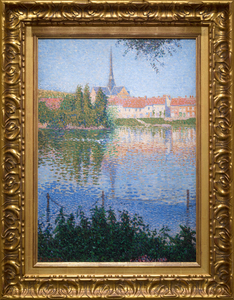
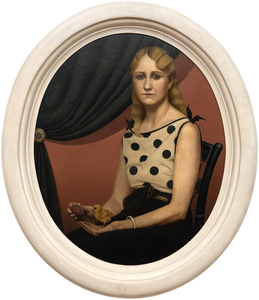
,_new_mexico_tn40147.jpg )
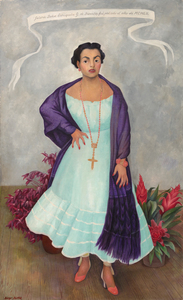
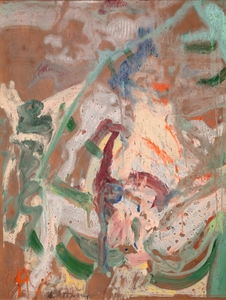
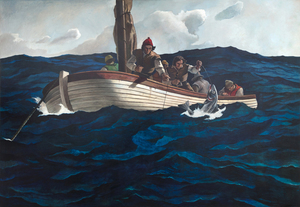
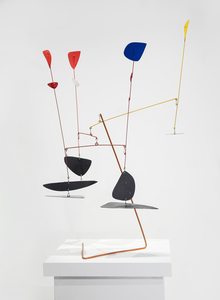
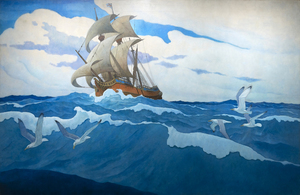
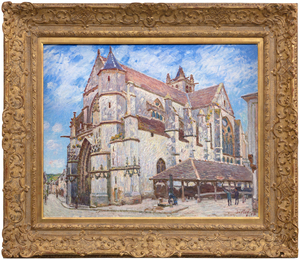
_tn45742.jpg )
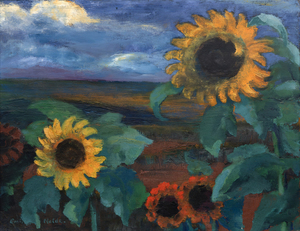
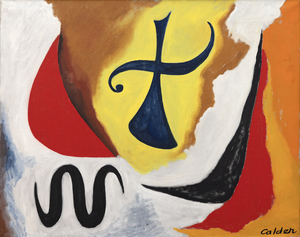
_tn43950.jpg )
_tn45731.jpg )
_tn45739.b.jpg )

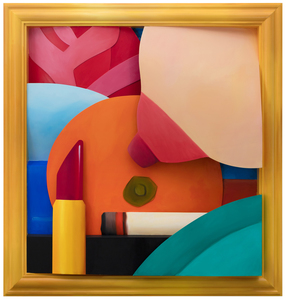
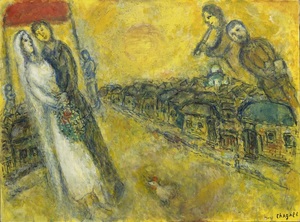
_tn45741.jpg )
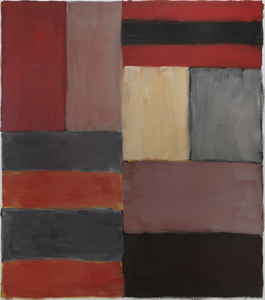
_tn45733.jpg )
_tn40169.jpg )
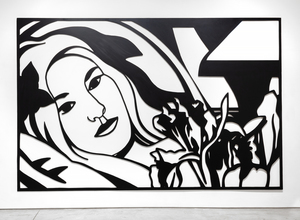
![SIR WINSTON CHURCHILL-Loch Choire, Scotland (C51) Painted while staying at Dunrobin Castle, the estate of the Duke of Sutherland, Churchill chose to set his easel behind a tree where he likely thought of it as a framing device, adding a layer of depth, creating a stronger sense of foreground, middle ground, and background, enhancing the three-dimensionality of the picture. Churchill painted at both Dunrobin as well as the Duke’s Sutton Place estate, later the home of John Paul Getty.<br><br>As Mary Soames describes it in her book, Winston Churchill, His Life as a Painter, “1921 had been a year of heavy personal tidings” for Churchill and his family, as he lost both his mother, Jennie Cornwallis-West, and his beloved child, Marigold, aged nearly four. In a letter to his wife Clementine, Churchill wrote, “… Many tender thoughts, my darling one of you and yr sweet kittens. Alas I keep on feeling the hurt of the Duckadilly [Marigold’s pet name].” That Churchill chose to stay with the Duke and Duchess at Dunrobin just after Marigold’s death speaks to their close friendship and his fondness for the area, including Loch Choire. It is no surprise that Churchill gifted the painting to the Duke of Sutherland](/Art_Images/Small/sir_winston_churchill_loch_choire,_scotland_(c51)_tn45743.jpg )
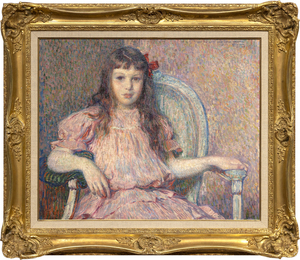
_tn45732.jpg )
_tn27035.jpg )
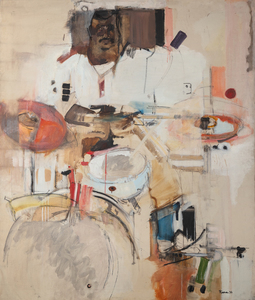
_tn45736.jpg )
_tn45745.b.jpg )
